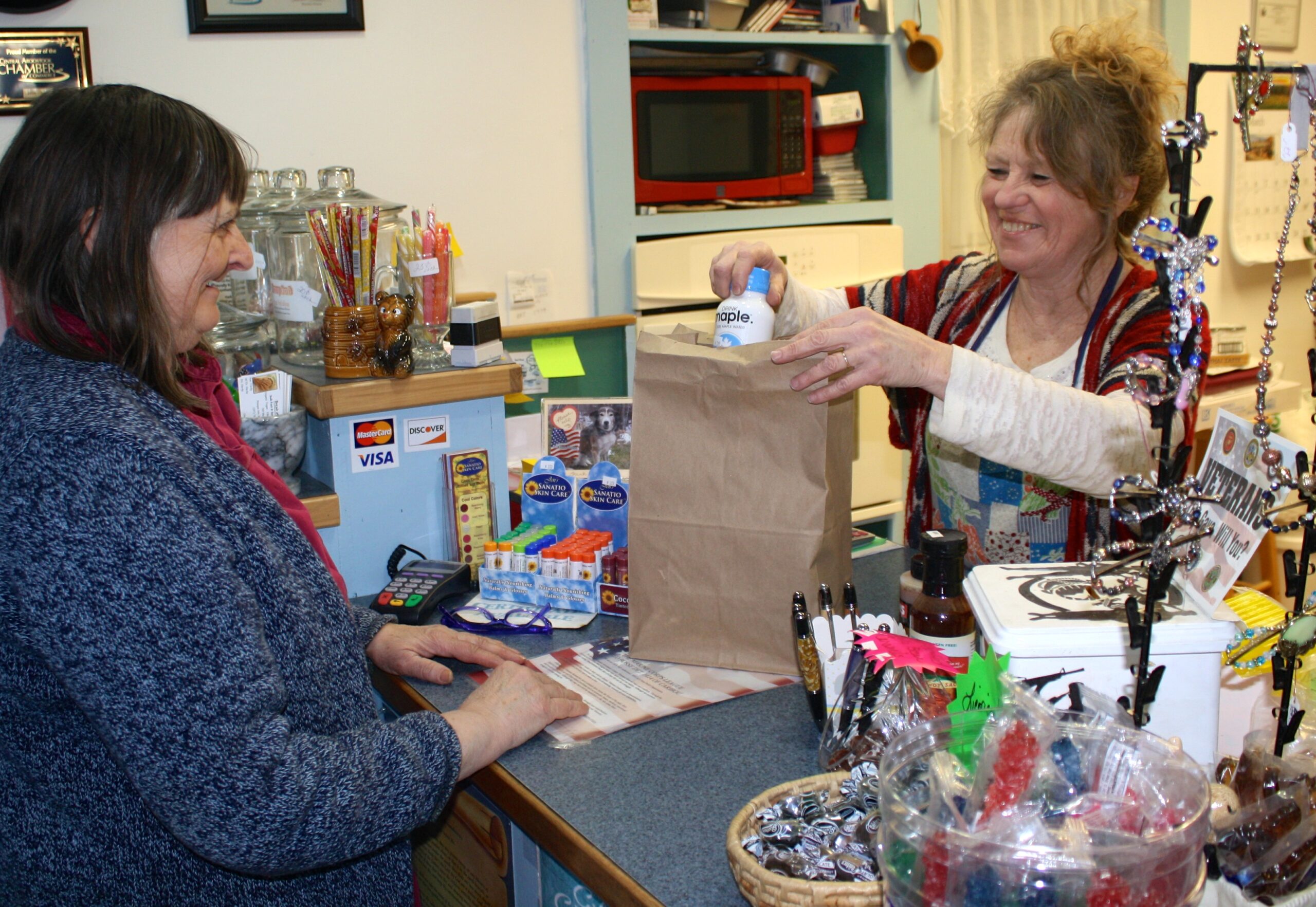
Another year, another health craze. But this one could be a sweet deal for Maine’s maple producers, who are heading into the sap boiling season.
For as long as that sap runs during that magic period of cold nights and warm days, operators of Maine’s sugar bushes will tap trees, collect sap and spend hours boiling it by the gallons to make syrup, taffy, candy and sugar.
It’s a lot of work. But what if there was a way to cash in on the sap with a fraction of the effort?
Drinking pure maple sap water is a trend gaining in popularity, due in no small part to the health aspects associated with the clear sap.
“It has a lot of the components that are so good for you,” said Kathy Hopkins, of the University of Maine Cooperative Extension and member of the Maine Maple Syrup Association. “It’s kind of following the coconut water craze.”
According to DrinkMaple, a Vermont-based company bottling sap for commercial sales, maple sap contains 46 nutrients including calcium, iron, manganese and potassium along with electrolytes and antioxidants all in amounts beneficial to the human body.
Cheryle Matowitz, owner of Bread of Life Bulk Food in Presque Isle orders the maple water on a monthly basis for her customers looking for that health boost.
That water, which runs $2.80 for a 12-ounce bottle at Bread of Life, is a great way to hydrate during the day or after any kind of workout, given the amount of electrolytes it contains, Matowitz said.
“I just had a man in here who bought four bottles,” Matowitz said Monday afternoon. “It is so pure and has a lot less sugar than coconut water [and] so much of what our bodies need.”
Matowitz orders her maple water from Vermont, but said she’d love to carry a Maine product, if one existed.
“At this point, nothing in Maine is being commercially processed,” she said. “We have so many maple producers around here, it would be cool if they got on the bandwagon, but they are already so busy with syrup and their candies so no one is doing just the raw sap.”
But it could just be a matter of time, according to Hopkins, who is with the Maine Maple Syrup Association, and she did say a few producers last year sold some of their sap to out-of-state sap water processors.
“There are plenty of maple trees in Maine,” she said. “So we could definitely have a sap beverage industry as well as a syrup industry so long as someone had the entrepreneurship and investments to get into it.”
But it would be a sizeable investment, according to syrup producer Holly Hardwick of Northwoods Nectar in Eagle Lake.
“We’ve researched bottling the sap but it would be so expensive,” Harwick said. “We would need so much additional [bottling] and processing equipment it’s just way out of reach for small producers like us.”
Which is too bad, she said, given the benefits of the sap in its raw form.
“When I have my tours during syrup season I do put out pitchers of the fresh sap water for people to try,” Hardwick said. “It’s a wonderful cold drink with a fresh, clean flavor.”
For do-it-yourselfers, it is possible to head out into the woods and tap a tree to collect drinkable sap.
People should exercise a bit of caution if they do collect their own sap to drink, Hopkins said.
“Sure you could just tap a tree if you are going to drink the sap right there,” she said. “But once it’s exposed to the air and microbes, the shelf life of the sap is fairly short — it comes out of the tree sterile, but hits the environment which is not so sterile.”
Refrigeration, she said, can extend that shelf life of personally collected sap by a few days.
An expert at tapping maple trees, Hardwick cautioned it’s not as simple as inserting a faucet and expecting clear sap to run out like water in a sink.
“It could take a long time to fill a glass with sap,” she said. “But you could tap a tree, insert a spigot and hang a milk jug. Leave it for the day and when you come back you’d have a wonderful surprise waiting for you to enjoy.”







